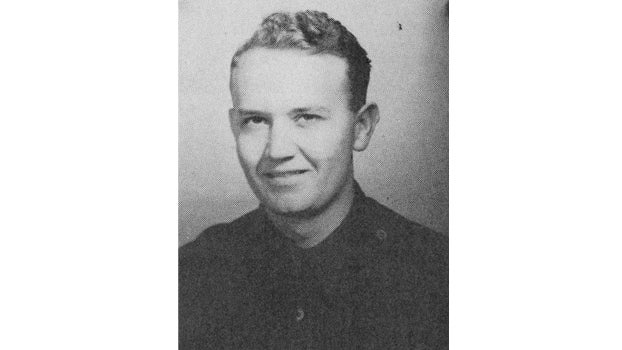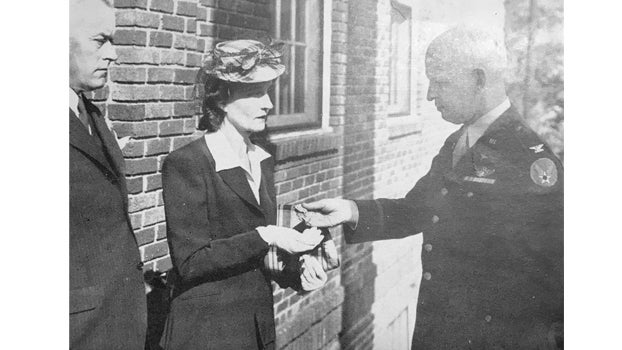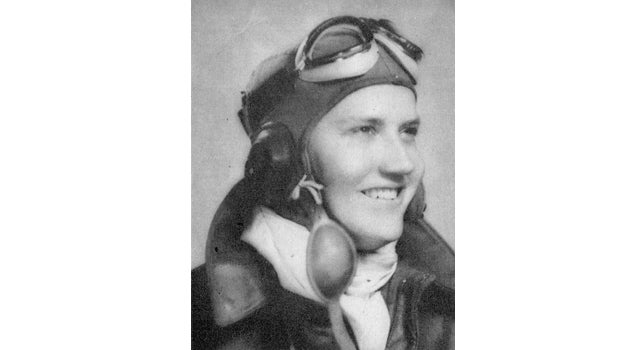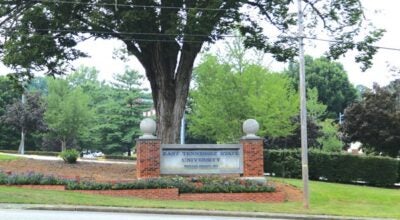We Remember….Robert Lee Davis, Silver Star recipient, never made it home from World War II
Published 4:02 pm Sunday, May 26, 2019
The Silver Star is the third-highest award for bravery in combat given by the United States military. The Silver Star honors service personnel who display exceptional valor while engaged in military combat operations against an enemy force.
Acts of heroism that earn a Silver Star, though not rising to the level of a Distinguished Service Cross or a Medal of Honor, must have been “performed with marked distinction,” according to the Pentagon.
Robert Lee Davis was among Carter County’s first casualties of World War II, and is a recipient of the Silver Star. Davis was an Army/Army Air Force Pilot, and died July 14, 1942. At the time of his death he was a second lieutenant.
His C-56 airplane went missing on July 14, 1942, after going into a cloud bank at 300 feet altitude. Davis and his crew were on a flight to New Guinea when their plane went down between Townsville and Cooktown in Queensland, Australia. The plane’s normal route would have been near the east coast of Australia and probably a part of the route would have been over the sea. It was concluded that the plane either crashed or was forced down on land or sea in an area under control of friendly forces.
The aircraft had earlier left Essendorf Airfield in Melbourne on July 9, 1942, on its long journey to Port Moresby in New Guinea.
Upon the plane’s failure to arrive at the final destination, several other aircraft and crews were sent out as searching parties, but discovered no trace of the missing airplane or his crew, nor have they been located subsequently.
At the time the plane disappeared, there was a low ceiling with overcast up to 12,000 feet.
In addition to Davis, the C-56’s crew included co-pilot 2nd Lt. Harry P. Forry, T/Sgt. Jack H. Dorsett, and Pvt. Robert E. Taylor, a passenger and member of the 405th Bomb Squadron, 38th Bomb Group.
It was the first loss for the 22nd Troop Carrier Squadron.
Lt. Davis entered service in 1941 and was awaiting overseas duty when the attack came on Pearl Harbor. He was among the first to leave for Pacific duty, arriving in Australia in the early days of the New Guinea campaign.
Switching from pursuit to medium bomber flying, Davis participated in the desperate first months of the war against Japan in that area.
Some of the exploits of his group can be found in a book written by War Correspondent Pat Robinson, who flew with Lt. Davis’ crew.
Following a crackup which left him with severe recurrent headaches, Lt. Davis was transferred to transport flying. It was on such a mission that he took off for New Guinea and disappeared.
Davis’s mission with the 22nd Troop Squadron was transporting personnel, equipment and supplies within Australia, and organizing American and Australian forces against the perceived Japanese invasion of Australia.
The 22nd Squadron continued to fly resupply and casualty evacuation missions from Northern Australia until Oct. 11, 1942, when it relocated closer to the fighting front to Garbutt Field in northern Queensland, not far from Japanese-occupied New Guinea.
Keith Hart, former Carter County U-T Agriculture Agent, has been researching Davis’ service record upon learning of his association with his father, Bill Hart. The two served together as fighter pilots during World War II.
Hart said that both his father and mother knew Davis from their days as students at East Tennessee State Teachers College (now ETSU).
According to records kept by Bill Hart, Robert Lee Davis received his premier flight training at Fort Worth, Texas, his basic training at San Angelo, Texas, and graduated at Kelly Field as a 2nd Lt. in the Army/Air Force on Dec. 12, 1941.
Both Hart and Davis were flight pilots in the Pacific and both flew P-39s and P-40s during World War II.
“They did some dangerous missions, and he was so young and had so little experience to be on the missions that he was. This outfit lost so many pilots during the early months of the war,” said Hart.
Davis’ Silver Star was posthumously awarded to his parents, Mr. and Mrs. Robert N. Davis, who lived on E. E St.
In addition to his memorial at the Manila American Cemetery, he has one at Happy Valley Memorial Park.
Second Lt. Robert Lee Davis is one of Carter County’s true heroes, whose service and sacrifice does not go unrecognized this Memorial Day. He gave all for his country and for freedom. His name is among those etched on the World War II marker at the Elizabethton War Memorial in downtown Elizabethton.








